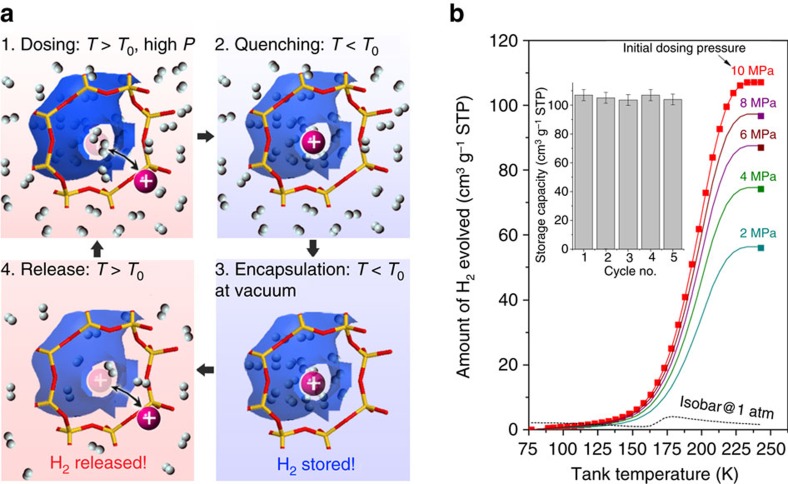Figure 6. Physical storage of H2 by encapsulation without sustained external pressure.
(a) Four-step procedure for reversible encapsulation and decapsulation of H2 in materials with temperature-regulated guest admission: (1) At temperatures above the threshold, T0, high-pressure dosing is used to store a significant quantity of H2 within the material's pore volume. (2) The material is quenched to below T0 so the door-keeping group closes off access between the pore space and the environment. (3) H2 remains encapsulated inside the material's pore space even when the external pressure is replaced with a vacuum as long as the temperature is below T0. (4) Controlled decapsulation of the gas into the low pressure environment is achieved by bringing the system temperature above T0, with the cumulative amount evolved providing a measure of the initial storage. This storage and release cycle is fully reversible and regulated by heat transfer. (b) Measured amount of H2 decapsulated from r2KCHA during step (4) as a function of system re-heating temperature after dosing with different initial pressures. Inset: cyclical performance of H2 encapsulated at a dosing pressure of 10 MPa by following the above four-step procedure across five consecutive experiments, showing steady and repeatable H2 storage capacity (see Supplementary Table 9 for detailed data).

